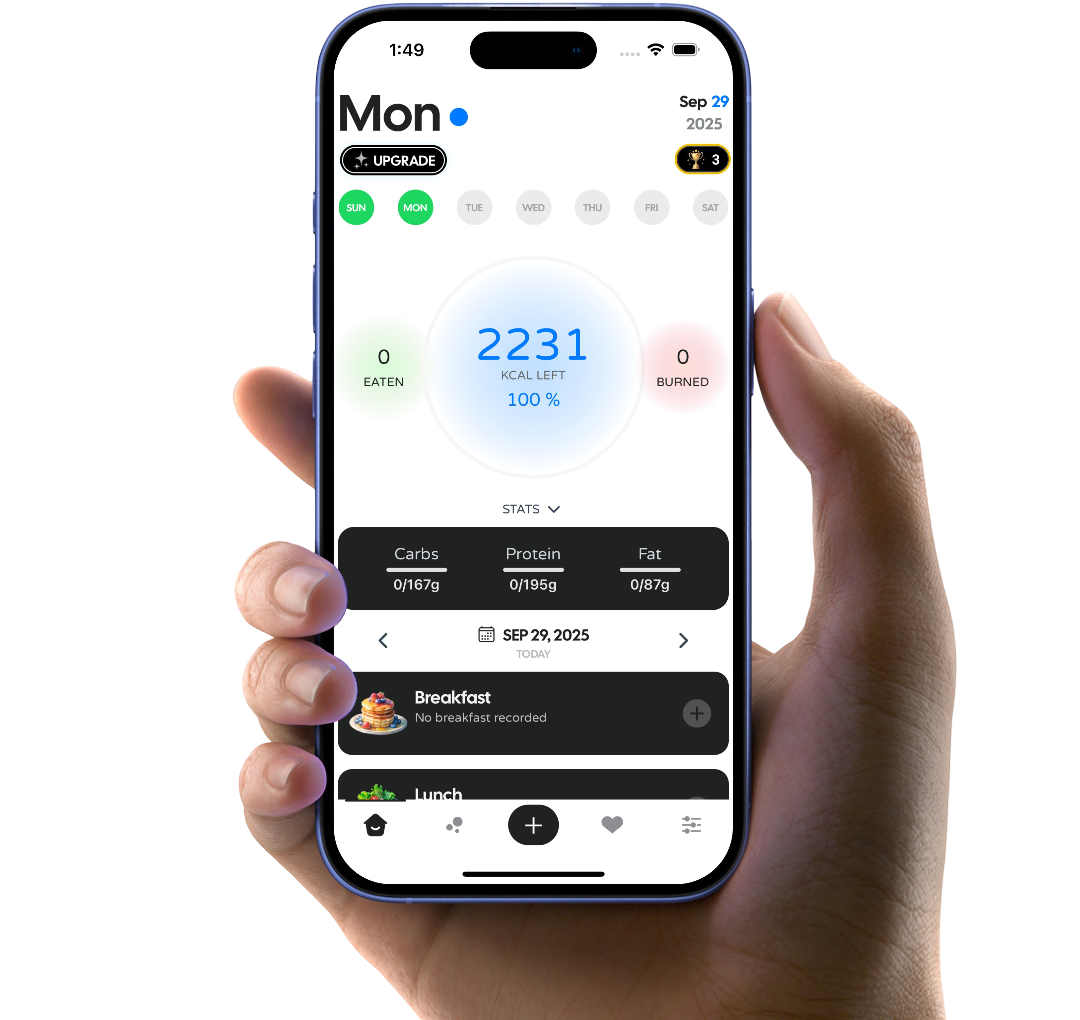Complete Dumbbell Standing Biceps Curl Exercise Guide
Learn everything about Dumbbell Standing Biceps Curl exercise including proper form, muscles worked, benefits, variations, alternatives, and common mistakes to avoid.
Muscles Worked & Equipment
Primary Muscles
Secondary Muscles
Equipment Needed
Muscle Categories

Introduction
1.
This exercise mainly works your biceps, the muscles at the front of your upper arm. It's a key part of any workout that focuses on arm strength.
2.
Doing this exercise regularly helps make your arms stronger. You'll notice an improvement in how much weight you can lift.
3.
It also helps to make your biceps look more defined and toned. This means your muscles will be more visible and shapely.
4.
Stronger biceps aren't just about your arms. Having stronger biceps can also help improve your overall upper body strength.
5.
No matter your fitness level, whether you're just starting or have been working out for a while, this exercise is beneficial.
6.
Learning the right way to do a dumbbell curl is important to avoid injuries and get the best results. This includes things like your posture and how you move the weights.
7.
By understanding the correct technique, you'll be able to safely increase the weight you lift and see better results from your workouts.
 Zylo AI
Zylo AI
Free Calorie
Counter
App







What are the benefits of Dumbbell Standing Biceps Curls?
1.
This exercise focuses directly on your biceps muscles, helping them grow bigger and stronger.
2.
Because you're holding weights, your grip and forearms get a workout too, improving overall upper body strength.
3.
Doing this exercise helps you see more muscle definition in your arms. It makes your biceps look more toned and shaped.
4.
You can do this exercise almost anywhere! You only need dumbbells, so it's perfect for home workouts or the gym.

How to do Dumbbell Standing Biceps Curls?
1.
Hold the Weights: Grab a dumbbell in each hand. Let your arms hang straight down, palms facing forward. Make sure you can comfortably hold the weight without straining.
2.
Lift Slowly: Curl the dumbbells up towards your shoulders. Keep your elbows tucked in close to your sides. Don't swing your arms; use your biceps to lift the weight.
3.
Squeeze at the Top: When the dumbbells reach your shoulders, pause briefly. Tighten your biceps muscles at the top of the movement. This helps you feel the exercise working.
4.
Lower Carefully: Slowly lower the dumbbells back to the starting position. Control the weight as it goes down; don't just let it drop. This is just as important as lifting.
5.
Important Tip: Focus on a smooth, controlled movement. Avoid jerking or swinging the weights. This helps you work your biceps more effectively and prevents injuries.

Common Dumbbell Standing Biceps Curl variations
1.
Alternate Dumbbell Biceps Curls: Do one arm at a time. This helps each arm get equally strong and improves your grip.
2.
Doing one arm at a time also helps you avoid getting tired too quickly, so you can keep good form.
3.
Standing Concentration Curls: Rest your elbow on your inner thigh while you curl. This really focuses on your biceps, making them stronger and more defined.
4.
Incline Dumbbell Curls: Do your curls while sitting on an incline bench. This stretches your biceps more, which can help them grow bigger.
5.
The incline also makes it harder to cheat by using momentum, so you're using your biceps more.
6.
Reverse Grip Dumbbell Curls: Hold the dumbbells with your palms facing up. This works a muscle under your biceps called the brachialis, making your arms look bigger overall.
7.
It's also gentler on your wrists and improves your grip strength.

Alternatives to Dumbbell Standing Biceps Curls
1.
Alternate Dumbbell Biceps Curls: Work one arm at a time. This helps both arms grow evenly and makes your grip stronger. Because you're focusing on one arm, your biceps get a better workout, leading to more defined muscles.
2.
Standing Concentration Curls: Rest your elbow on your inner thigh while curling. This really focuses the work on your biceps, making them look more defined. It's great for shaping your biceps.
3.
Reverse Grip Dumbbell Curls: Turn your hands around so your palms face upwards. This works a muscle under your biceps called the brachialis, making your arms bigger and your grip stronger. It's also gentler on your wrists.
4.
One-Arm Dumbbell Standing Curls: Curl one dumbbell at a time. This improves your balance and coordination, and you can curl the weight further.
5.
Mix and match these different curls to keep your workouts interesting and see what works best for you! Remember to use weights that challenge you without causing pain.
 Zylo AI
Zylo AI
Free Calorie
Counter
App







Common mistakes during Dumbbell Standing Biceps Curls
1.
Keep your movements smooth and controlled. Don't swing the weights to lift them; this makes the exercise less effective and can lead to injury. Focus on using your biceps to lift the weight slowly and steadily.
2.
Keep your elbows close to your sides. Don't let them flare out. This helps your biceps do most of the work, making the exercise more effective.
3.
Make sure you fully extend your arms at the bottom and fully curl the weight up. Shortening the movement reduces the work your biceps do.
4.
Choose a weight that you can lift with good form for the entire set. It's better to use a lighter weight and do the exercise correctly than to use a heavy weight and do it poorly. You can increase the weight as you get stronger.

Takeaway
1.
Proper form is key to avoid injury and maximize results. Focus on a controlled movement, lifting the dumbbells smoothly and lowering them slowly. Avoid swinging your body to help lift the weight.
2.
Common mistakes to watch out for include: using momentum instead of muscle power, arching your back, and lifting the dumbbells too high (past your shoulders). These can reduce effectiveness and increase injury risk.
3.
Vary your curls to keep your muscles challenged. Try different grips (hammer curls, close-grip curls), and experiment with changing the speed of your lifts. This prevents plateaus and helps build a well-rounded bicep.
4.
Start with a weight you can comfortably lift for 8-12 repetitions with good form. As you get stronger, gradually increase the weight or the number of repetitions.
5.
Remember to warm up your muscles before starting your bicep curls. A light cardio session and some arm stretches will prepare your muscles for the workout and reduce the risk of injury.
6.
Cool down after your workout with some gentle stretches to help your muscles recover. This helps reduce soreness and improves flexibility.
 Zylo AI
Zylo AI
Free Calorie
Counter
App






Disclaimer: The routines and schedules featured on our website are for informational purposes only and do not constitute medical or professional advice. Individual preferences, goals, and daily routines may vary significantly. Please note that some product links within our content are affiliate links. While not all routines have been explicitly endorsed by the individuals mentioned, we strive to ensure the accuracy and timeliness of the information we provide.
Disclaimer: Zylo AI(BR) does not provide medical advice, diagnosis, or treatment. Any information published on this website or by this brand is not intended as a replacement for medical advice. Always consult a qualified health or mental health professional with any questions or concerns about your mental health.
